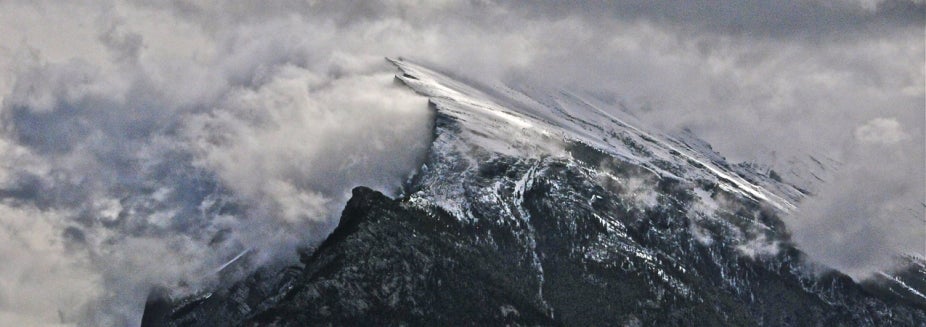Spirit of Adventure: Mountain Winds, Clouds, and Flying Through the Worst of It
Ever wondered why it is so windy in Boulder? Or why it gets bumpy flying over and downwind of the Rocky Mountains? Mountains exert a strong influence on the atmosphere, affecting nearby weather and generating their own climate. To learn how and why some of the strongest winds on Earth form, scientists have long used gliders, powered aircraft, and other research platforms to collect data in very strong wind and turbulence conditions generated by airflow over mountains. NSF NCAR scientist Vanda Grubišić discusses the how and why of mountain weather, winds, and clouds — and what it’s like to take those bumpy rides for science.
Vanda Grubišić
Vanda Grubišić is the director of the NSF NCAR Earth Observing Laboratory and an NSF NCAR senior scientist. She earned her B.Sci. degree from the University of Zagreb, and her M.Phil. and Ph.D. from Yale University. She is a recipient of both the Postdoctoral and Faculty Fellowships from the NSF NCAR Advanced Study Program. Her love of mountain meteorology was ignited by early exposure to the legendary bora wind in her native country, Croatia. Grubišić has published extensively on atmospheric phenomena generated by mountains and has flown in a number of airborne research missions in and around mountainous terrain. She has also served on the leadership committees of many national and international observational field campaigns. Grubišić is a fellow of the American Meteorological Society and the recipient of the 2003 Peter B. Wagner Medal of Excellence from the Desert Research Institute, as well as the 2015 Spiridion Brusina Medal from the Croatian Society of Natural Sciences.
